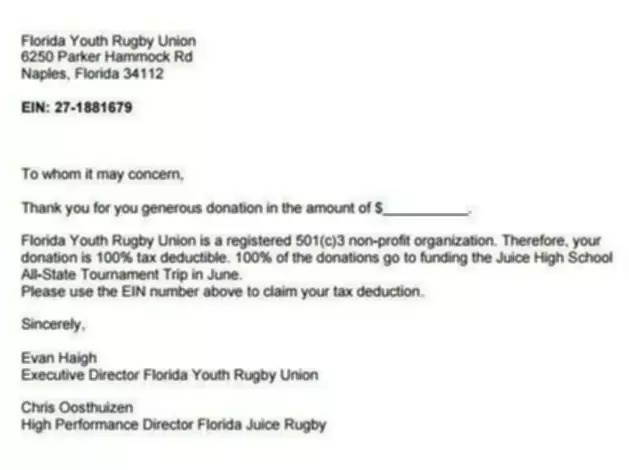Content

But it could also indicate that the company is paying early and getting discounts for quick payment from suppliers. Maintaining a low DPO, on the other hand, can enable the company to win early-payment incentives from its suppliers.

Additionally, the extended time afforded to Apple before cash is due to its suppliers is understandable given the amount of revenue days payable outstanding generated by Apple for these suppliers . Therefore, higher DPOs result in more near-term liquidity, i.e. cash on hand.
How Do You Calculate Days Payable Outstanding?
Tim is a Certified QuickBooks Time Pro, QuickBooks ProAdvisor, and CPA with 25 years of experience. Together with the Day Sales Outsanding , this is one of the main areas for steering the customer management item. Keep in mind that the DPO does not take into account seasonality, which is a crucial parameter in many business sectors (tourism, trade, etc.).
Days Payable Outstanding (DPO) Defined and How It’s Calculated – Investopedia
Days Payable Outstanding (DPO) Defined and How It’s Calculated.
Posted: Sat, 25 Mar 2017 19:17:39 GMT [source]
Accounting software like QuickBooks Online can quickly generate the reports you need to calculate DPO. If you’re still using Microsoft Word or Excel for your bookkeeping, we recommend you upgrade to QuickBooks. Eric is a staff writer at Fit Small Business and CPA focusing on accounting content. He spends most of his time researching and studying to give the best answer to everyone. Encourage customers to pay more quickly by automating your payment reminders and collection plans. How to capture early payment discounts and avoid late payment penalties.
Days Payable Outstanding (DPO) Defined and How It’s Calculated
The definition of a good DPO depends on many factors and differs by industry. Generally speaking, a good https://www.bookstime.com/ DPO is one that allows a company to improve cash availability while also keeping its vendors satisfied.
Days Payable Outstanding or DPO is the average number of days between the time the company receives an invoice and when the invoice is paid. If a company has a DPO of 23 for its most recent quarter, that means it took 23 days on average to pay its suppliers during that time.
Days Payable Outstanding Formula
A high DPO indicates the company takes a longer period of time for making payments to its trade creditors. A company acquires raw materials and services from its suppliers and vendors on a credit basis. The suppliers issue a bill after supplying the materials to the company. These are the account payables which the company is obligated to pay to its trade creditors. The time between the date of receiving bills and invoices and the date of payment is an important aspect for a business. The longer the period is, the more chances of utilizing that fund for maximizing the benefit.
0 Comments